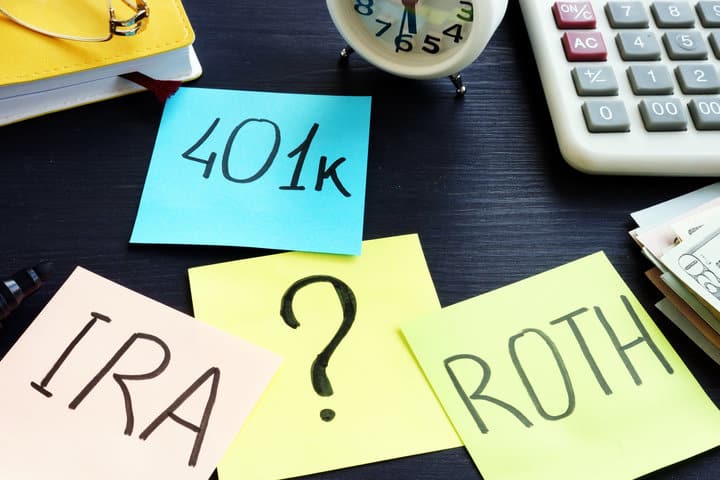
The stock market selloff that drove the S&P 500 SPX, +2.30% back into correction territory this fall has left the benchmark index just 2% higher on the year—a year in which earnings are forecast to grow a robust 22.4%, according to FactSet.
So with earnings soaring and prices flat, many investors understandably see the market as underpriced.
“Stocks are about 6% below our estimate of fair value,” Craig Callahan, founder and president of Icon Advisors told MarketWatch. Callahan argued that investors today are overreacting to perceived headwinds, like rising tariffs on U.S.-China trade, the effects of which cannot be predicted.
“Over the next year we would expect the market to move up at least 6% but more likely 10% to 12%,” because of continued earnings growth, Callahan said.
But other analysts and investors are not so sanguine, and they’re using various methods for calculating price-to-earnings to inform their cautious approaches.
Willie Delwiche, investment strategist with R.W. Baird, prefers to look at trailing earnings numbers, rather than forward-looking earnings, when pricing the market, arguing in an interview with MarketWatch that using trailing numbers allows investors to avoid using earnings projections that are historically unreliable.
Furthermore, Delwiche prefers to take the median price and earnings figures for the S&P 500, rather than averages, as this eliminates outlying companies that aren’t representative of the broader market. And using this method, Delwiche sees the market as expensive, with the S&P 500 trading at 22 times earnings, versus the typical premium of 17.1.
“The best we would say is that it’s less expensive than it used to be,” said Delwiche, “But we still consider valuations to be a headwind for stocks.”
However, Amanda Agati, co-chief investment strategist at PNC Financial, prefers forward price-to-earnings ratios as her valuation guide.
By this metric, stocks “entered 2018 at a pricey level of 20 times forward earnings,” she said. After a year of strong earnings growth and little price appreciation in the S&P 500, “we’re now at a much more attractive place where valuations are below 16 times forward earnings,” its lowest level in five years.
But this doesn’t mean that multiples, and potentially stock prices, are sure to rise from here, Agati said. That’s because rising interest rates means fixed income offers investors less volatile alternatives to the stock market for the first time in years, while rising inflation may also help put a lid on multiple expansion — a term that refers to investor willingness to pay more for a dollar of earnings.
“Historically, when you move from 0% to 2% inflation to between 2% and 4% inflation, valuations get compressed by an average of 1 point,” Agati said, as rising inflation erodes investor returns.
Alec Young, managing director of global markets research at FTSE Russell says the central question one must answer to determine whether the stock market is cheap, is how much earnings will grow next year.
Consensus estimates for 2019 S&P 500 earnings growth are 8.7%, according to FactSet, which would put forward earnings at a somewhat inexpensive 15.2 times earnings. But according to Young, “these estimates don’t adequately affect the macro risks that are out there” from slowing global growth, questions surrounding Brexit and Italian budget negotiations, rising trade tensions and rising interest rates.
Young argued that investors haven’t faced this level of macro uncertainty since the slow-burning European debt crisis in the early years of this decade, and investors responded to that uncertainty by pushing S&P 500 price to earnings ratios to a level significantly below where it is now.
If we don’t see multiple expansion from today’s levels, that could be very bad news for stocks, as multiple expansion, and not earnings growth, are the main driver of stock appreciation, according to Keith Wibel, president of Foothills Asset Management.
Wibel pointed out that over the past 40 years, the most important determinant for stock price growth has been multiple expansion, and not earnings growth.
“Ironically when you have really strong earnings growth, the stock market doesn’t usually perform well,” because such profit growth has already been factored in by investors, who then expect profit growth to revert to the mean.
“In the long run, changes to multiples are almost always related to interest rates,” he told MarketWatch. He pointed to the bull market of the 1980s as an example. When then Fed Chair Paul Volcker pushed the fed-funds rate close to 20% in 1981, the S&P 500 was trading at between 6 and 8 times earnings. “Then you saw a steady decline in interest rates in the next decades, when you also saw multiples expand from 6 to 20,” Wibel said.
Interest rates play a key role in pricing financial assets. All else being equal, rising bond yields result in future corporate earnings being discounted at a higher rate, reducing their value today.
One need look no further than Wednesday’s stock-market rally to see just how important rising interest rates to stock valuations. Fed Chair Jerome Powell gave a speech in the afternoon where he said that both that the stock market appears fairly valued, while also hinting that the pace of interest rate increases next year could be slower than previously thought. Stocks soared, putting the S&P 500 on track for its best performance in weeks.
But even if rates will rise more slowly than the Fed had been predicting, rates are still going to rise, and that means price-to-earnings valuations are likely to fall. Wibel predicts multiples will continue to decline in the coming months and years, making stocks only marginally more attractive than bonds.
“Over the next five years the stock market will likely return somewhere between 3% and 8%,” Wibel predicted, a far cry from the nearly 14% annual returns that, according to FactSet, the S&P has delivered in today’s decade-long bull market.
























